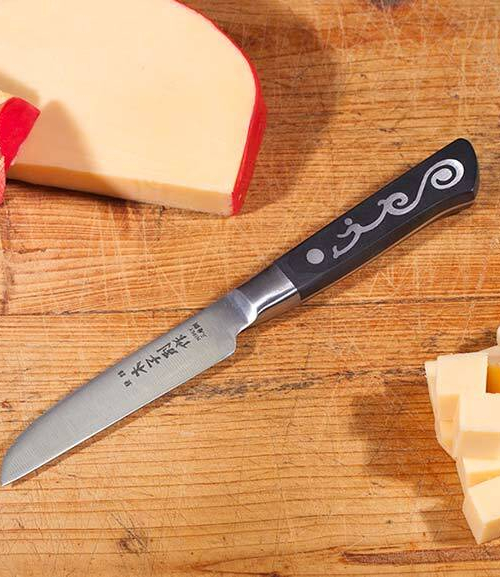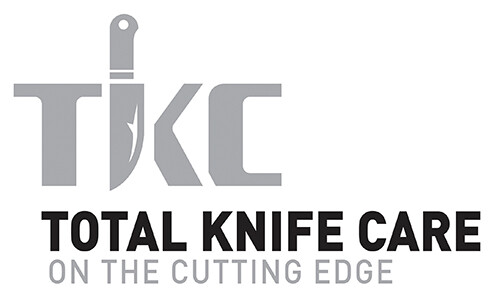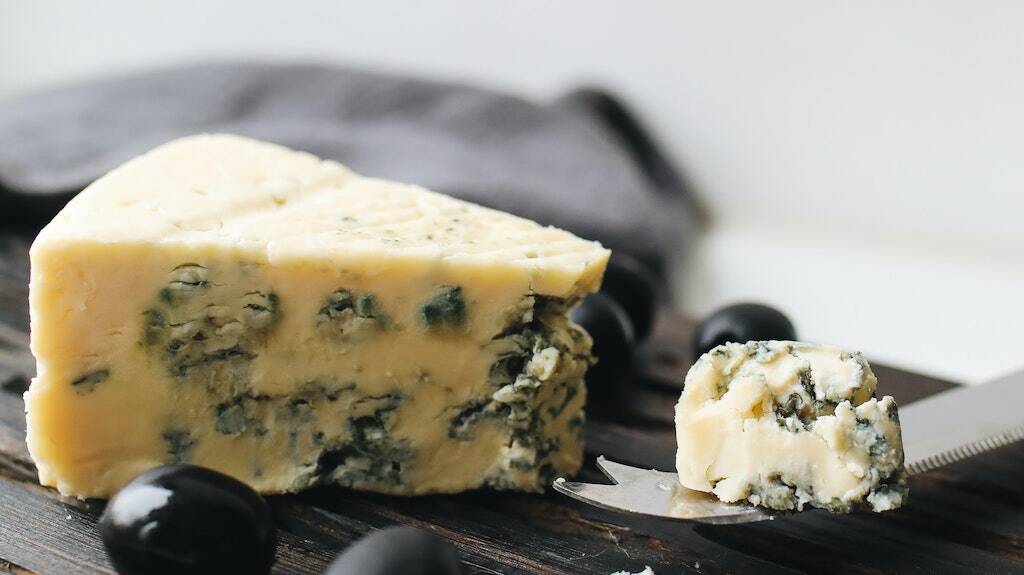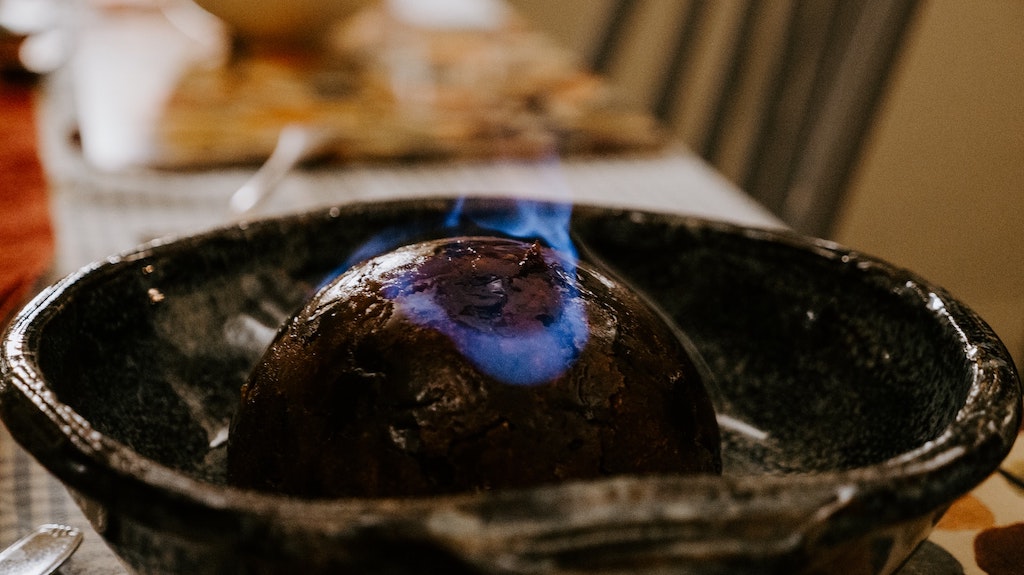Cheese
Browsing a bookshop the other day we came across a new title called “Who ate the first oyster?” and no further explanation was required – no need to check the back cover to see what it was about.
Do you ever find yourself wondering who was the first person to eat (insert name of unappealing food here)! And how many (we assume) prehistoric people gave their lives eating things that looked edible but weren’t, so that today we can now have an enviable choice of non-fatal things to eat*.
Would your first thought be “that looks disgusting, but I’ll give it a go anyway”? Be thankful that it actually was somebody’s, once.
For ‘oyster’ you could probably substitute ‘cheese’. How did cheese become an item on the menu? Did a bucket of milk get left in a corner for a very long time and the person spotting it thought “that looks tasty”?
Anyway, whoever it was deserves a medal of some description for introducing the human race to cheese. If forced to bet, we’d say it was probably someone in France. Or maybe Italy (read on though).
Wikipedia sheds some light on the origins of cheese, saying that it predates recorded history, with educated guesses indicating that it first appeared around 10,000 years ago and was probably sheep’s milk cheese rather than based on cows milk.
Legend has it that it was in fact an Arab trader (not a Frenchman or an Italian) who stored milk in a container made out of an animal stomach who, on finding it had gone off quite seriously, decided to taste it anyway. It was only by Roman times that cheese really became a thing.
Fast forward a few thousand years and cheese is definitely still a thing, with at least 1,833 different varieties of cheese made in 74 countries around the world, one of which we’ve written about before – Casu Marzu from Sardinia, which is cured sheep’s milk cheese infested with maggots (number 10 on One man’s meat – 68 weird, wonderful (and downright disgusting) things that are eaten around the world).
Of course you don’t have to know how to make it to enjoy it, but if you want to take it to the next level you can do an ‘intensive cheesemaking’ course (see https://www.cheesemaking.com.au/) and even get a Diploma of Artisan Cheesemaking (see https://www.skillsimpact.com.au/news/say-cheese-new-diploma-on-the-way/).
Most of us simply enjoy the taste, but for some people it’s an essential, even though we’re unaware of cheese addiction being a recognised condition.
This article on cheese was prompted by a rumour – maybe an urban myth – that cutting cheese can make a knife blunt (or ‘dulls’ the blade), so we decided to investigate.
If the aggregated knowledge of the internet is anything to go by, the short answer is ‘no’, or at least not any more than many other common foods that have to be chopped up in a kitchen.
That’s not to say however that a hard variety of cheese (Parmesan for example) can’t cause other damage to a knife, or even to the user. Some hard cheeses if handled can make your hands quite slippery, which may cause you to slip when using a knife to cut it.
Cheese may inadvertently cause damage to the blade, but only at the point the blade hits the surface underneath. As we have pointed out before (Total Knife Care – 4 points – point 2), using a knife on a very hard surface such as ceramic, steel or glass cutting surface will certainly contribute to a dulling of the blade. But as long as you cut the cheese on a wooden or plastic chopping block, you should be fine.
One tip we did pick up is that you should reserve one chopping block for cheese only, as cheese has a habit of ‘picking up unsavoury aromas’ very quickly – you have been warned! And if you’re going to be cutting a lot of cheese, it might be worth investing in a cheese wire.
Finally… cheese knives. Cheese knives are great and there’s a huge variety of them. We don’t know that much about them as they’re mainly at the ‘presentational’ end, ie they appear with the cheese platter for diners to daintily cut off a small piece of cheese – and of course ‘prong’ it with the two prongs at the end to transport it to their plate without needing to use their fingers. Our knives are still in the kitchen doing all the heavy lifting.
However if forced to choose which I.O.Shen knife is the one to go with the cheese, we’d recommend the 93mm curved paring knife below.
*except maybe Fugu – number 26 on One man’s meat – 68 weird, wonderful (and downright disgusting) things that are eaten around the world
If you can’t get enough (of) cheese, check out these cheese-related sites…
https://cheese.com/
https://www.cheesetherapy.com.au/
-
 Curved Paring Knife – 93mm$129.95
Curved Paring Knife – 93mm$129.95






